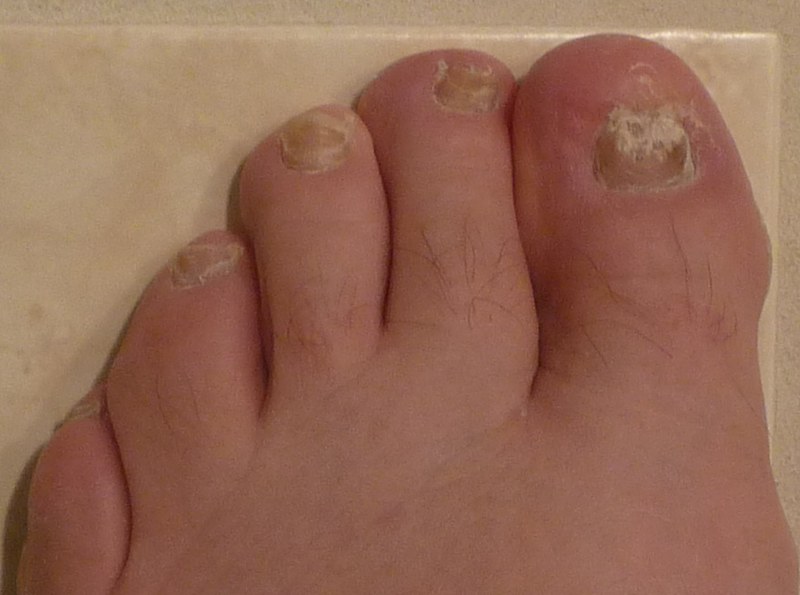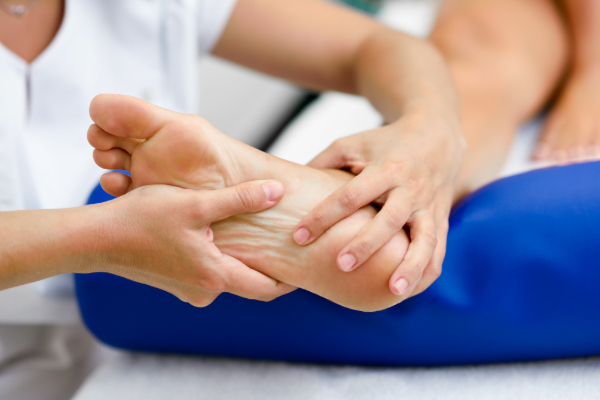
Fungal nails, also known as onychomycosis, represent a common concern for many individuals. While anyone can develop the condition, specific factors might influence its prevalence and management. Among those factors is diabetes, a health condition that requires close attention and care. By understanding how diabetes interacts with fungal infections, individuals can approach their nail health more effectively.
How Does Diabetes Affect Nails?
Diabetes can have a significant impact on nail health. Changes in blood flow are common, especially to the feet and extremities. When circulation is reduced, nails may not receive enough nutrients or oxygen. This can lead to nails that grow more slowly or develop changes in color and texture.
Nerve damage, or neuropathy, is another concern. When nerves become damaged due to diabetes, a person may not notice injuries or changes in their feet and nails. Without feeling pain or discomfort, small problems can go unnoticed and worsen over time.
Diabetes can also increase susceptibility to infections like fungal nails. High blood sugar levels may weaken the immune system’s ability to fight off fungal organisms. As a result, fungal infections can more easily take hold and become more difficult to manage.
Is Fungal Nail Care Different With Diabetes?
Caring for fungal nails when managing diabetes involves unique factors. The condition affects how the body handles infections and injuries, which can have implications for foot and nail health. With diabetes, reduced blood flow and nerve issues in the extremities can mean slower healing times, leaving fungal infections to progress more readily. This highlights the need for proactive measures to manage fungal nails in the context of diabetes care.
Routine foot and nail inspections are particularly valuable. Regular monitoring helps identify any changes early, allowing individuals to manage fungal nails before they worsen. Simple practices, such as keeping nails trimmed and dry, play a role in preventing infections and promoting healthier nails. This approach can minimize complications and support overall foot health for those with diabetes.
Are Diabetics More at Risk?
While fungal nails can affect anyone, people with diabetes may face an elevated risk. Elevated blood sugar levels create an environment where fungal infections may thrive. At the same time, diabetes can weaken the immune system, reducing the body’s ability to fend off infections.
Moist environments, such as those created by sweaty socks or poorly ventilated footwear, can further contribute to fungal growth. For diabetics, proper foot hygiene and breathable footwear are useful in controlling this risk. Addressing fungal infections promptly becomes increasingly necessary when diabetes is present to avoid complications that might arise from unchecked fungi.
Which Nail Changes Signal Trouble?
Recognizing changes in nails is often the first step in addressing fungal issues. Fungal nails can appear different depending on the progression of the condition, and noticing anomalies early allows for better outcomes. Watch out for these signs:
- Thickened nails: When nails become unusually thick, this can be a result of fungal activity, especially as the infection takes hold within the nail bed.
- Discoloration: A yellow or brown tint may develop, indicating fungal presence. The discoloration might spread as the condition advances.
- Crumbled or brittle nails: Fragility often accompanies fungal infections, leading to chipped or crumbling edges.
- Nails separating from the nail bed: The gap between the nail and nail bed can become a breeding ground for the fungus as it progresses.
Identifying these signs and acting promptly can limit complications, especially for diabetics managing broader health concerns.
Seek Guidance for Fungal Nails
Fungal nails need careful attention, especially for individuals with diabetes. Monitoring changes, maintaining good foot hygiene, and treating infections early are key to preventing complications. If the condition worsens or doesn’t improve, consulting a healthcare professional can provide personalized solutions. Taking action promptly not only protects your nails but also supports your overall health.





